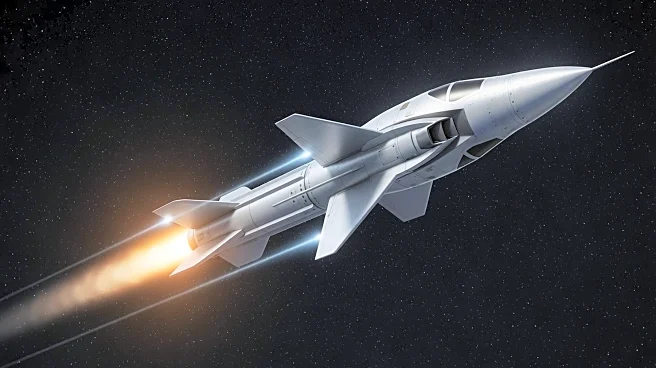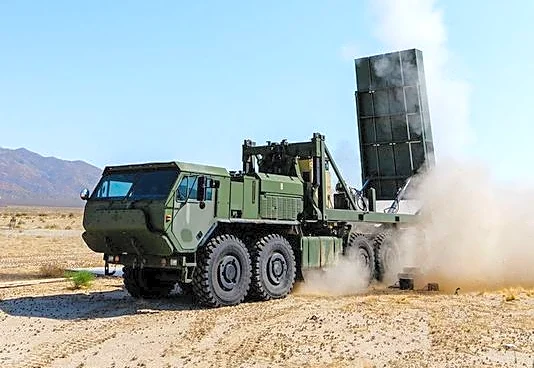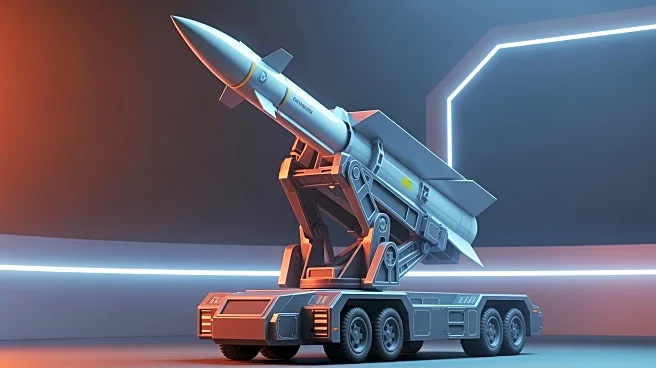What's Happening?
General Atomics Electromagnetic Systems (GA-EMS) has developed a new artillery technology known as Long Range Maneuvering Projectiles (LRMPs). These projectiles were successfully tested at the U.S. Army
Yuma Proving Ground in Arizona in August 2025. The LRMPs are designed to be used with the M777 155mm towed howitzer system and can strike targets up to 75 miles away, significantly extending the range compared to traditional artillery rounds. The projectiles are equipped with deployable wings and onboard guidance systems, allowing them to maneuver during flight and engage targets at greater distances. This innovation is seen as a potential game changer in military artillery, offering increased lethality while minimizing risk by allowing artillery systems to be positioned further from targets.
Why It's Important?
The development of LRMPs represents a significant advancement in military technology, potentially transforming how artillery is used in combat. By extending the range of artillery systems, these projectiles can increase the effectiveness of military operations while reducing the vulnerability of artillery units. This could lead to strategic advantages in various military scenarios, allowing forces to engage targets from safer distances. The integration of such advanced technology into existing military systems could also influence future military procurement and development strategies, as other branches like the Navy have shown interest in the technology. The cost-effectiveness of the LRMPs compared to other advanced munitions could also impact defense budgets and spending priorities.
What's Next?
While the LRMPs have been successfully tested, their integration into military inventories will depend on production timelines and further evaluations. The compatibility of these projectiles with other artillery systems, such as the self-propelled M109A6 'Paladin' Howitzer, remains to be fully determined. The cost per round, although expected to be higher than standard artillery rounds, is anticipated to be lower than some competing advanced munitions, which could influence procurement decisions. As the military assesses the performance and cost of the LRMPs, decisions regarding their deployment and potential widespread adoption will likely follow.













